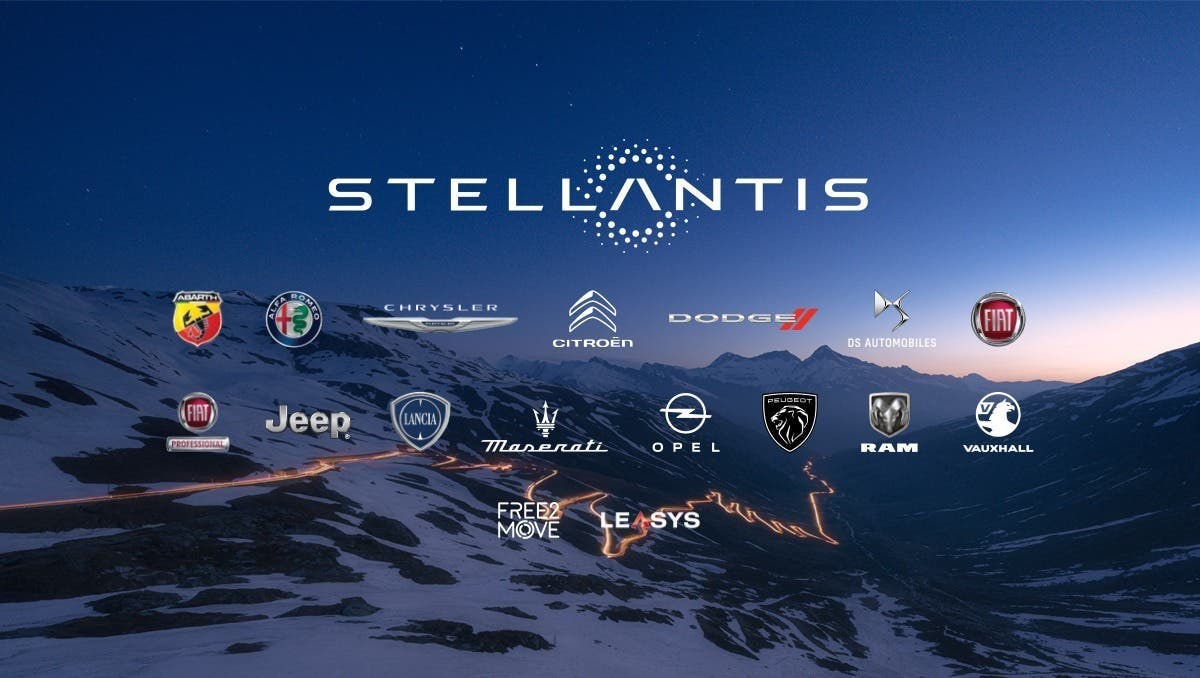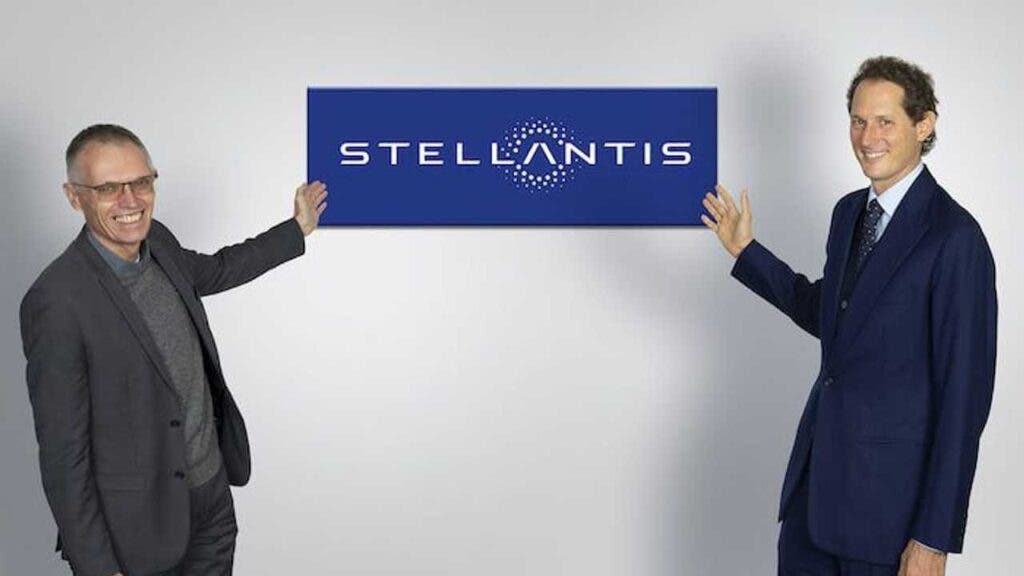When the merger between Fiat Chrysler and Peugeot SA created Stellantis in 2021, the automotive group gave its 14 brands a 10-year period to prove their worth. If they failed to do so, the consequences would have been catastrophic. However, the situation is now changing, and quite radically. Carlos Tavares, the group’s CEO, has announced that the evaluation will be carried out in 2026 and not in 2031 as previously planned.
Stellantis will evaluate the future of its brands in 2026

Carlos Tavares revealed that Stellantis has funded all brands for only the first five years, which means the money will run out in 2026. After that, each brand will have to move forward on its own and prove its value. Speaking to Auto News at the Paris Motor Show, Tavares stated: “We will examine the performance of each brand at about two-thirds of the Dare Forward 2030 plan, which means we could make important decisions within two or three years.” This strategy could be a fatal blow for some of Stellantis’ brands, especially those that currently have little profitability.
Moreover, the situation is further aggravated after Carlos Tavares announced that he will retire after the end of his contract, which expires in early 2026. Although his tenure hasn’t been all smooth sailing, with harsh criticism from unions in the United States and from dealers, it seems he will exit before the real chaos begins.

The new CEO will therefore inherit the difficult decision to potentially close or sell brands that don’t generate profits and are currently a burden for Stellantis. John Elkann, Stellantis’ chairman, said he is not interested in other mergers or selling some of its brands, for now: “It’s not the time. We are focused on the business, and these would only be distractions.”
Elkann nonetheless praised Tavares’ work over the past four years, stating that he has his support, as well as that of the shareholders and the board of directors. We remind you that Stellantis manages 14 brands, including Abarth, Alfa Romeo, Chrysler, Citroën, Dodge, DS, Fiat, Jeep, Lancia, Maserati, Opel, Peugeot, Ram, and Vauxhall. To this is added the Chinese car manufacturer Leapmotor, of which it owns 21% of the shares. Which of these will survive?

